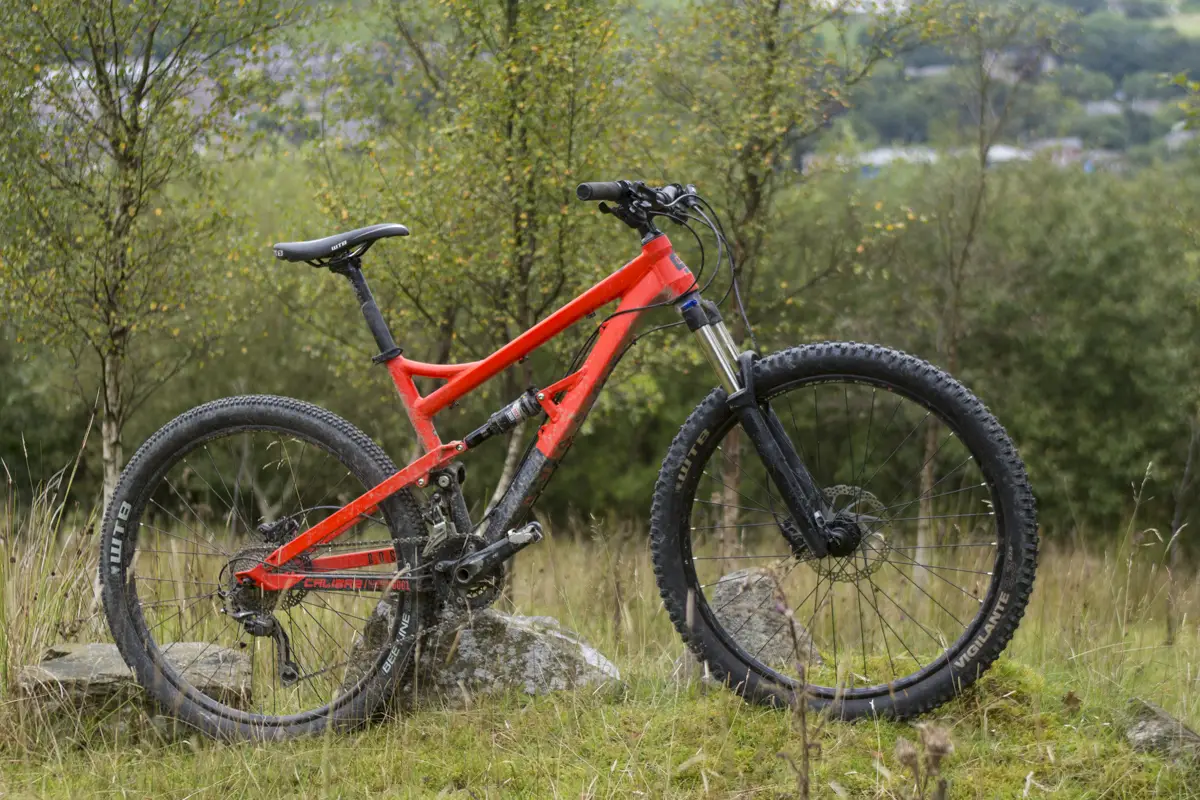I seem to be becoming Singletrack’s resident value bike expert. Over the past year I’ve been able to get my grubby mitts on a slew of reasonably-priced full sussers, ranging from the £1600 Boardman Pro FS to the £1100 Norco Fluid 3.
But there’s one bike I couldn’t call myself a mogul of mid-price mountain bikes without slinging a leg over. Spoken of in hushed tones wherever bike journos gather, the Calibre Bossnut is supposed to shatter perceived wisdom about the performance of budget mountain bikes. It’s also the cheapest bike I’ve tested. Does less equal more?
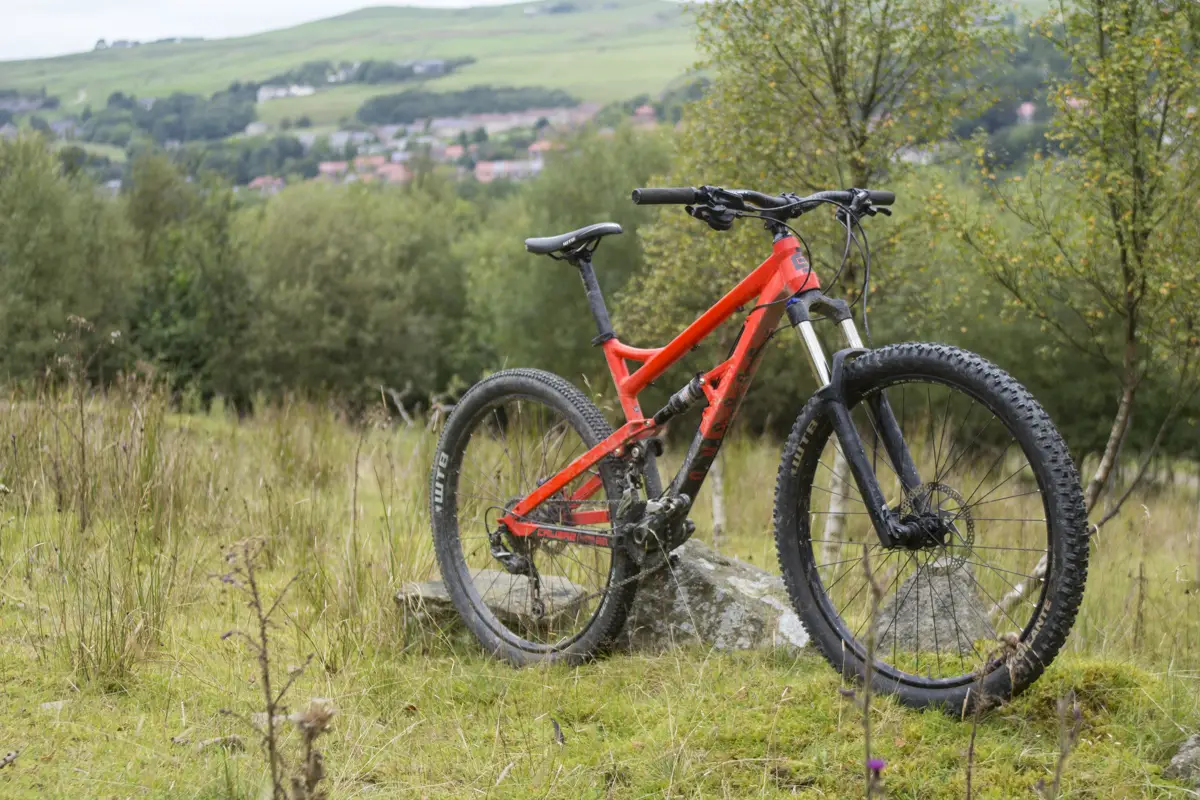
First of all, I should explain Go Outdoors’ slightly odd pricing structure. The RRP of their products is mostly theoretical. Instead, you pick up an annual discount card, online or in store, for the princely sum of a fiver, which gives you money off every item in the shop. So using this, the sticker price on the Bossnut drops to £999. And yes, apparently you can get one on the Cycle to Work scheme.
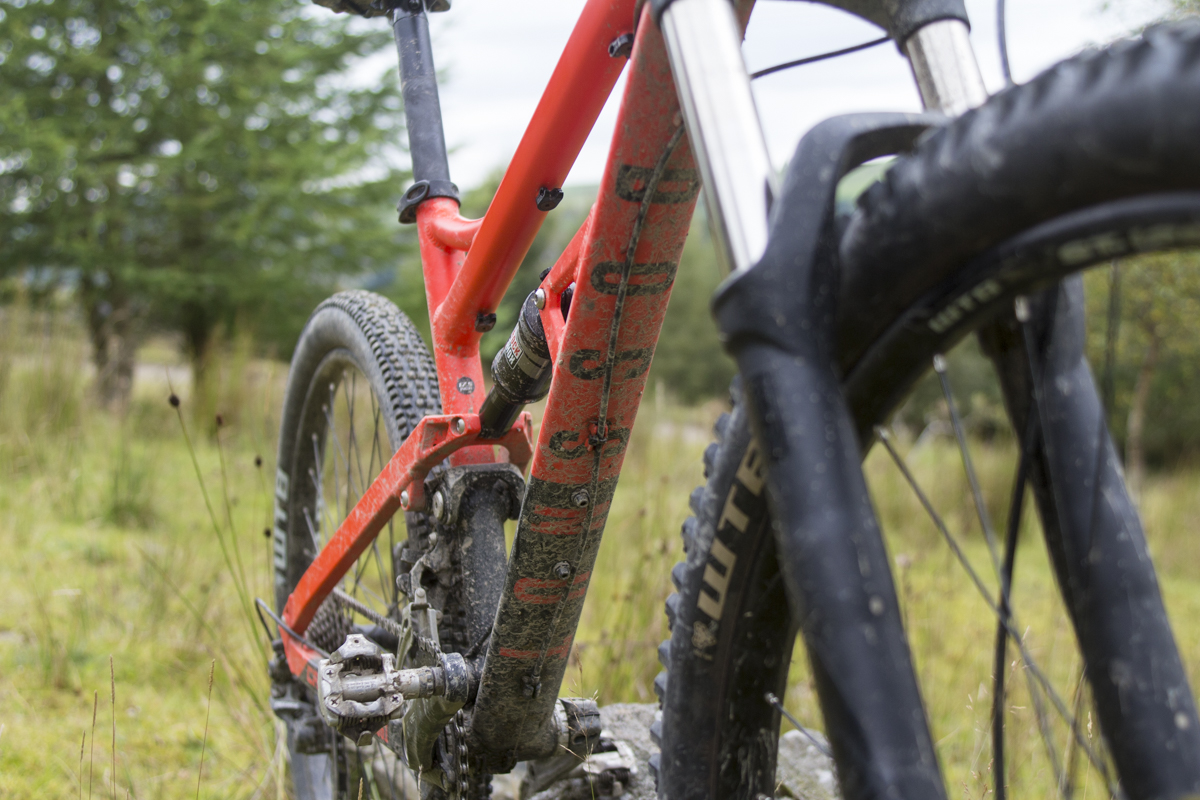
The Bike
The Bossnut is available in size M through to XL. At the time of writing, some sizes of this bike were showing as sold out on the Go Outdoors website. However there are more on the way, and apparently there are also some dotted around stores across the UK, so a bit of phoning around may pay dividends. There’s also a “ladies” version with different graphics and a couple of componentry changes, which may be of interest to diminutive gentlemen too, as it’s available in a small 15” size.
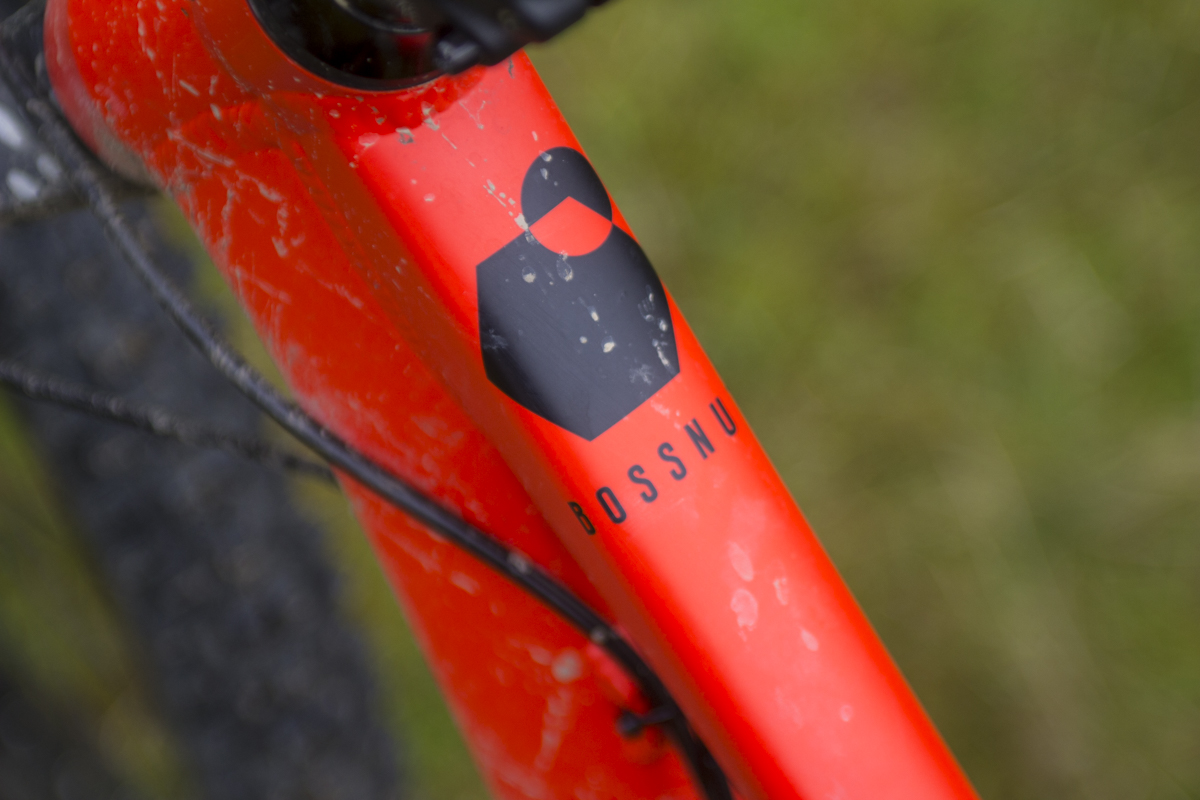
Assuming you can find one in your size, your grand gets you a very tidy looking bike indeed. This is the second iteration of the Bossnut, and it’s traded the rather decal-heavy look of the first one for a bold pinky-orange colour, which makes it look more like a custom build than a cheap bike. It’s still 130mm travel but it’s a touch longer, and the head angle is a touch slacker, at just under 67°. The budget end of the bike market still has loads of frames with short top tubes and steep head angles, so it’s great to see a value-focused company sitting up and taking notice of recent developments in geometry.
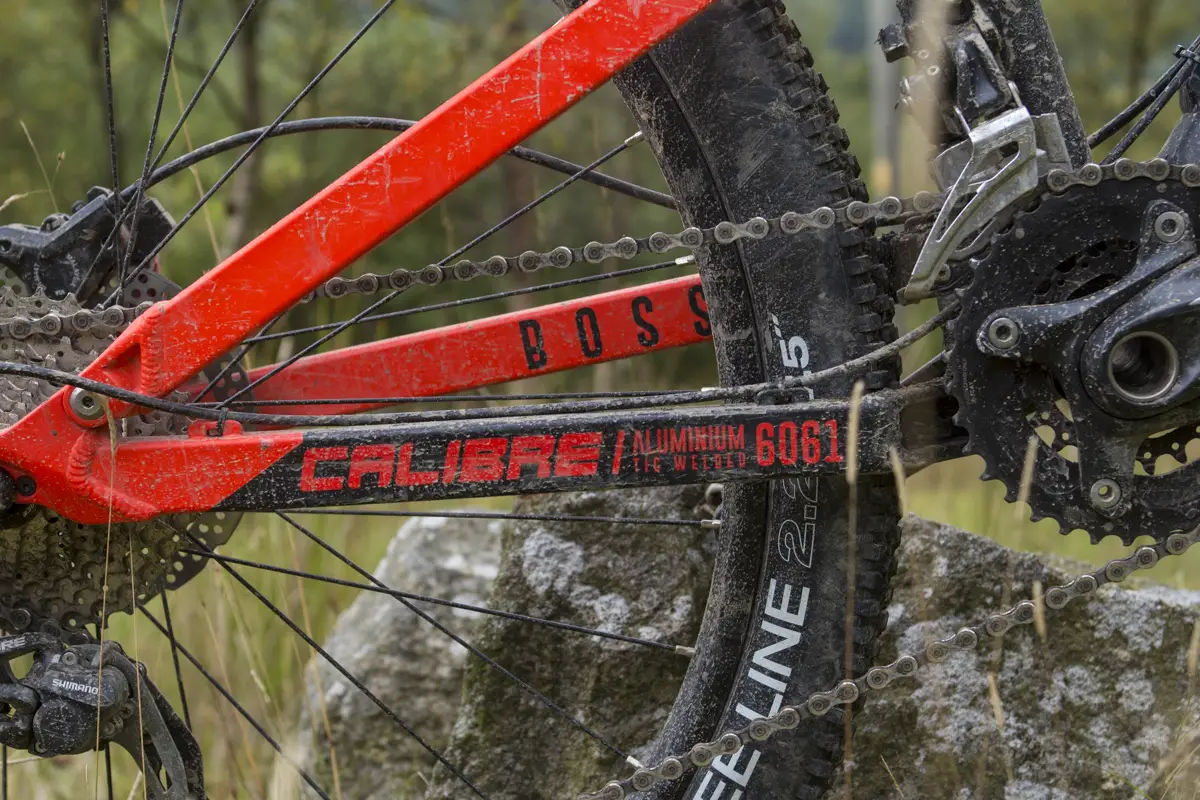
The frame has a linkage-driven, single pivot design with a chunky, square profiled rear triangle and loads of mud clearance with 2.35” tyres. They’ve also addressed the design issue with the first version of the bike, where the rear tyre could buzz the seat tube under full travel. Now even with all the pressure let out of the shock, the back tyre stops well shy of the frame.
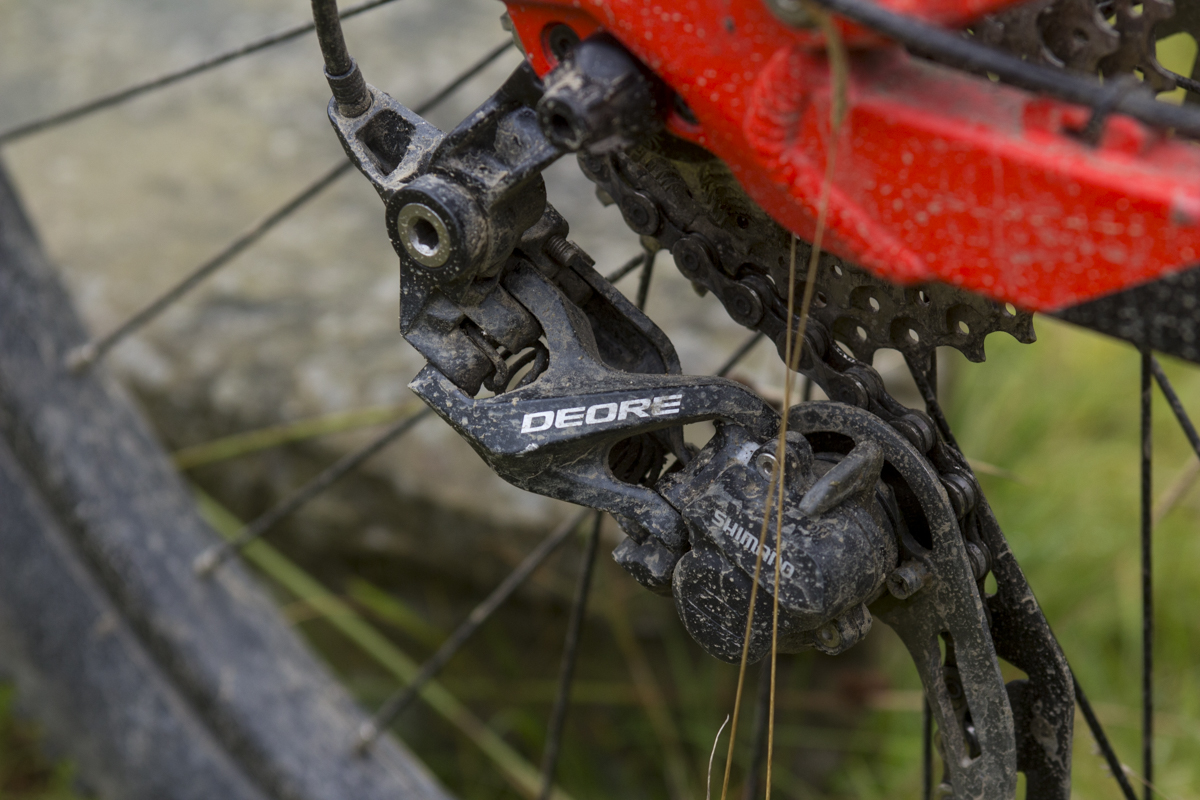
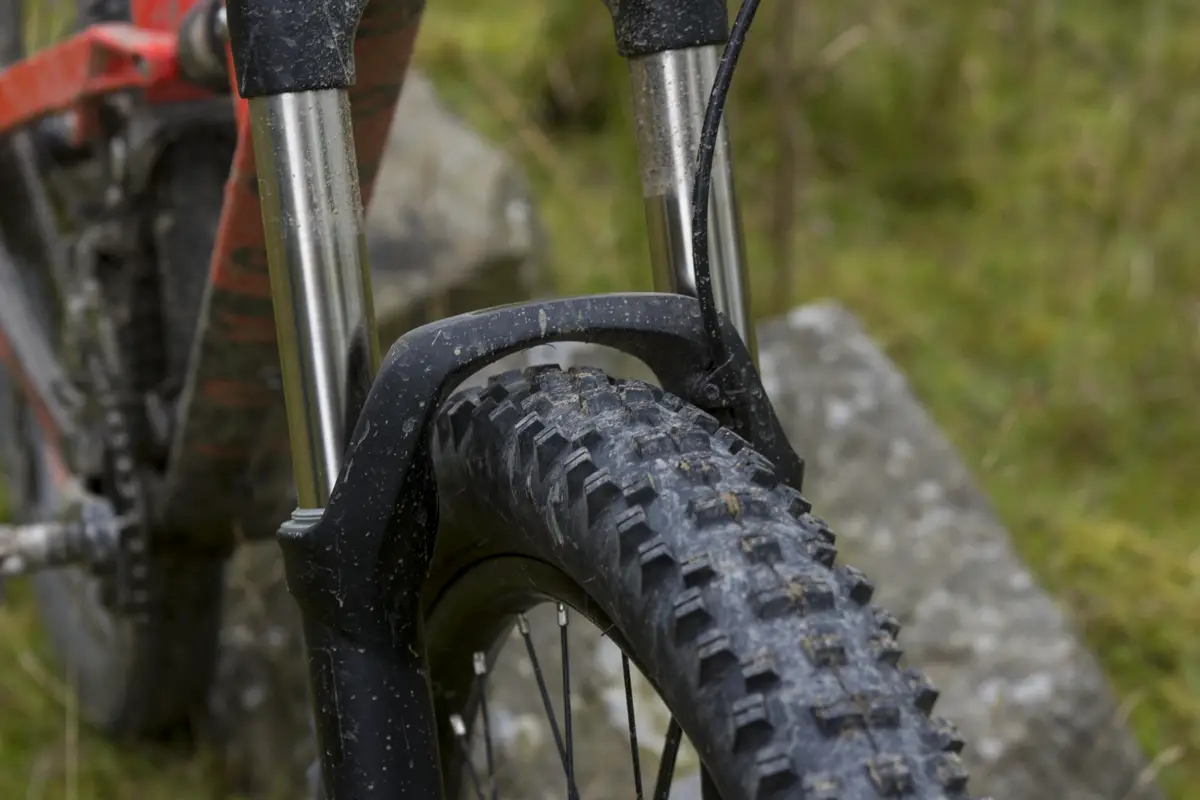
A Rock Shox Sektor fork with a proper tool-free axle is a welcome sight on a bike at this price, as is the Rock Shox Monarch R shock. The 2×10 drivetrain is full Shimano Deore, apart from the 36T Sunrace cassette and KMC chain, and the Shimano brakes and shifters sit on the same I-Spec mounts, making for a lovely uncluttered cockpit.
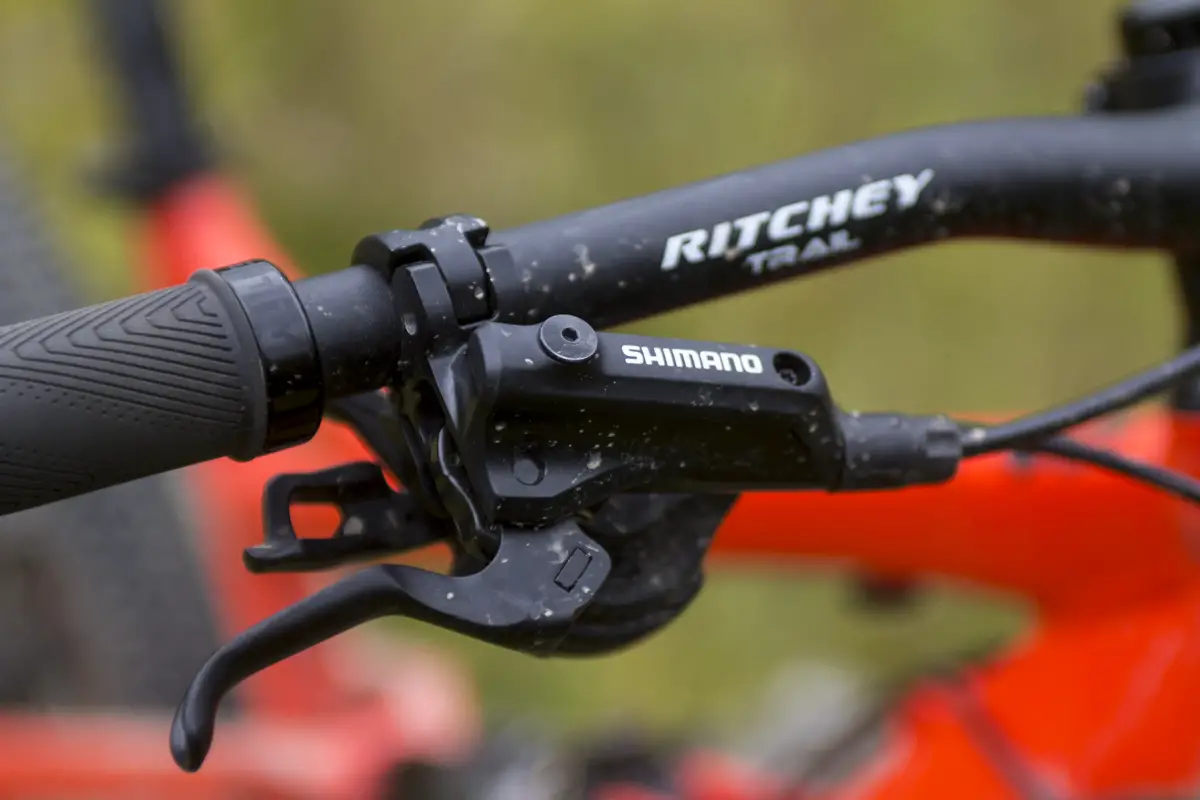
The grips, normally the first part to get swapped on a budget bike, are a lock-on design with a great balance of control and squish. A 760 mm Ritchey bar and 45 mm stem again do the job perfectly, making immediate return visits to the bike shop less likely.
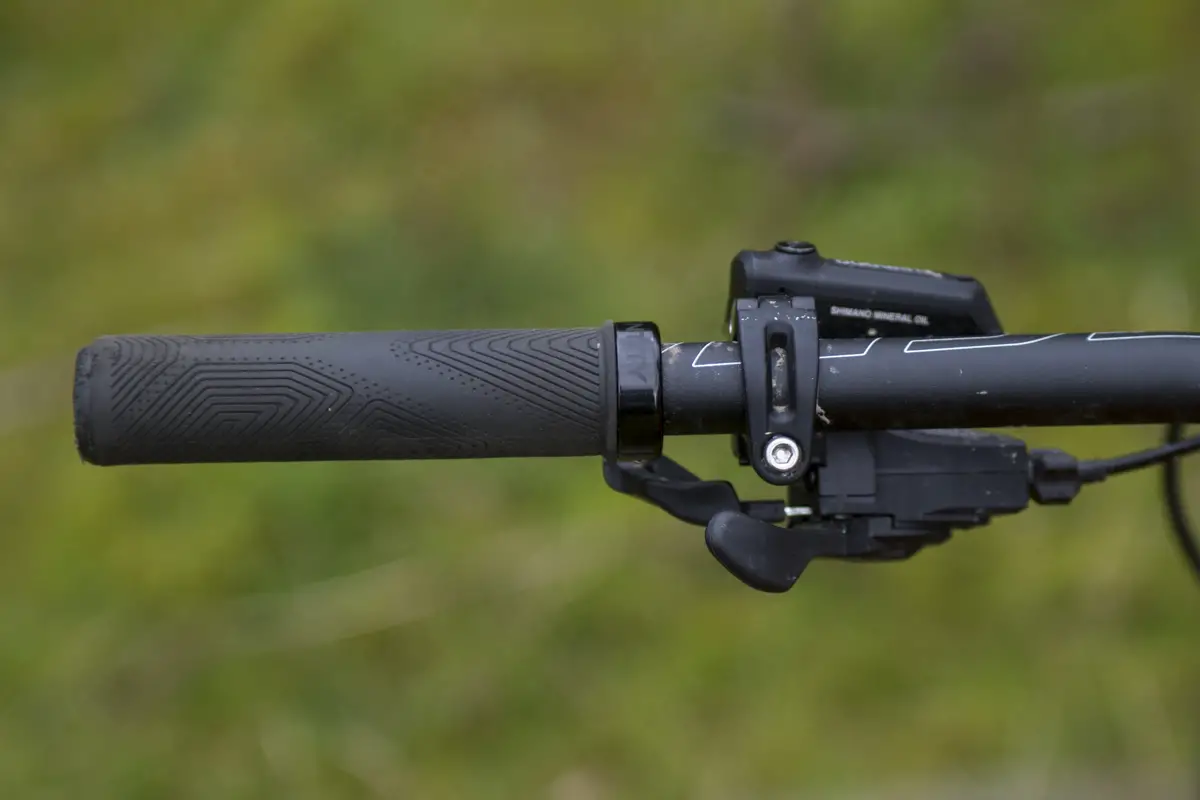
The WTB tyres offer a decent mix of chunk and speed. The Beeline on the rear is a hilarious drift enabler on groomed tracks and surfaced trails, although for steeper natural stuff it’s a bit out of its depth. The Vigilante up front is a great aggressive all-rounder that should be fine for everything except the most foul chod.
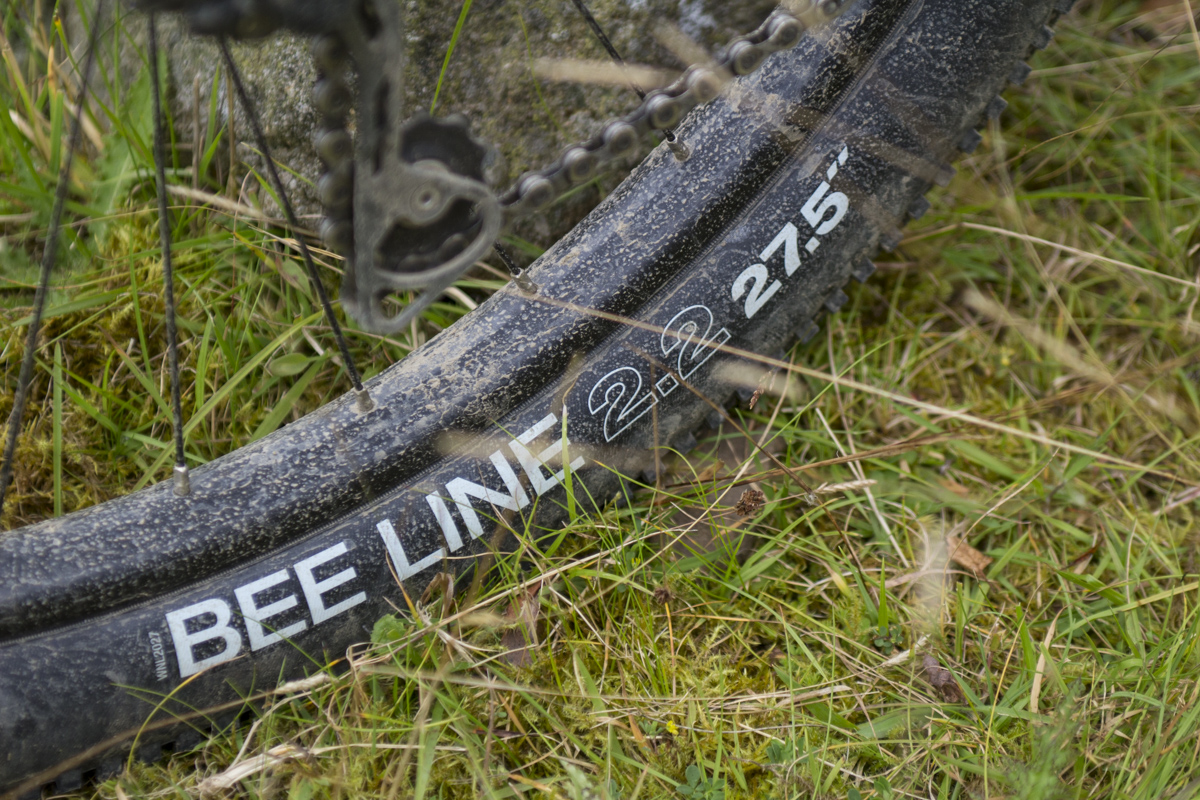
The wheels are a set of unbranded cartridge hubs laced to WTB i25 rims. They may be heavier than most of the company’s offerings but they’re wide enough to support big tyres, plus they’re tubeless compatible. You won’t be able to ditch the tubes as soon as you get the Bossnut home – the tyres definitely need changing for some beefier, tubeless-specific rubber for starters – but it’s a great future upgrade if you regularly ride somewhere particularly thorny or rocky. If you do decide to go tubeless, the rims have a perfectly shaped internal profile for popping a tyre into place, and I was able to set one up with just a track pump.
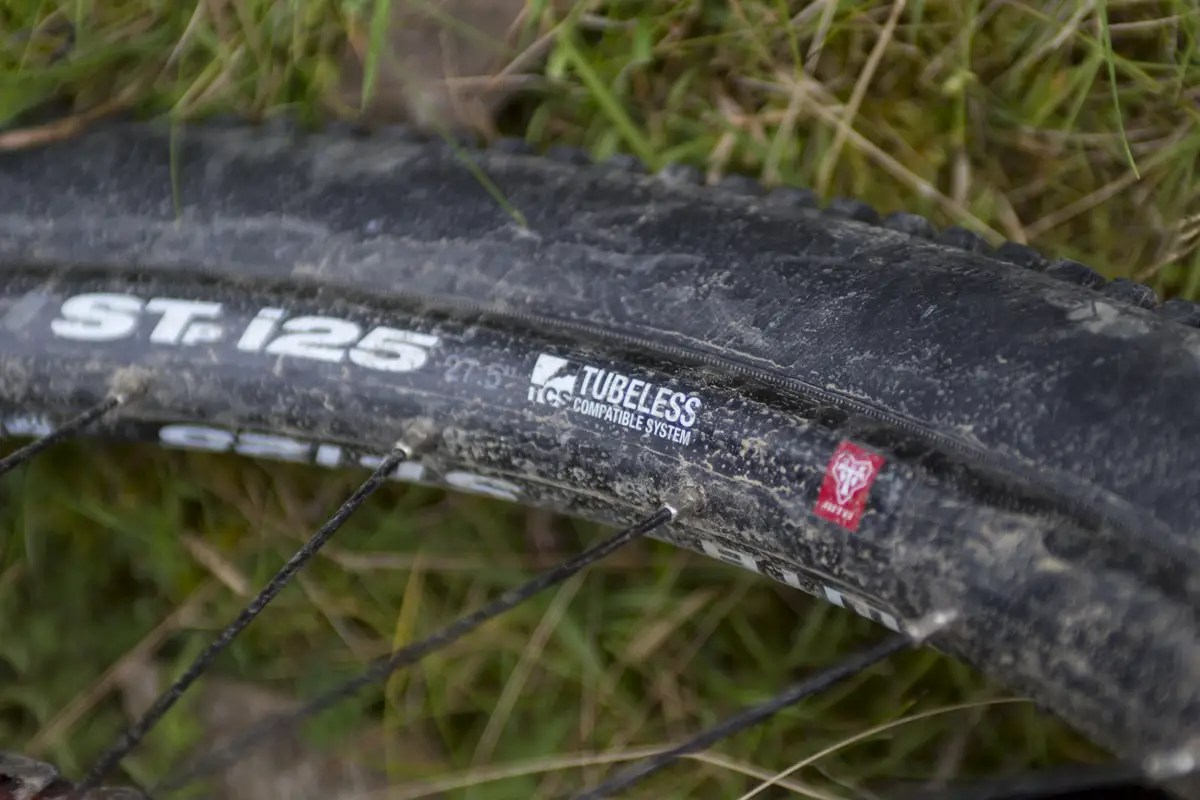
Speaking of upgrades, many people buying the Bossnut will want to fit a dropper post at some point, and it comes equipped with the guides for one. It’s only compatible with external cable posts, but that’s probably a smart move – there are lots of them available second-hand at the moment as folk succumb to upgradeitis. In the meantime, the seatpost is equipped with a quick release clamp so you can still get it down when you need to.
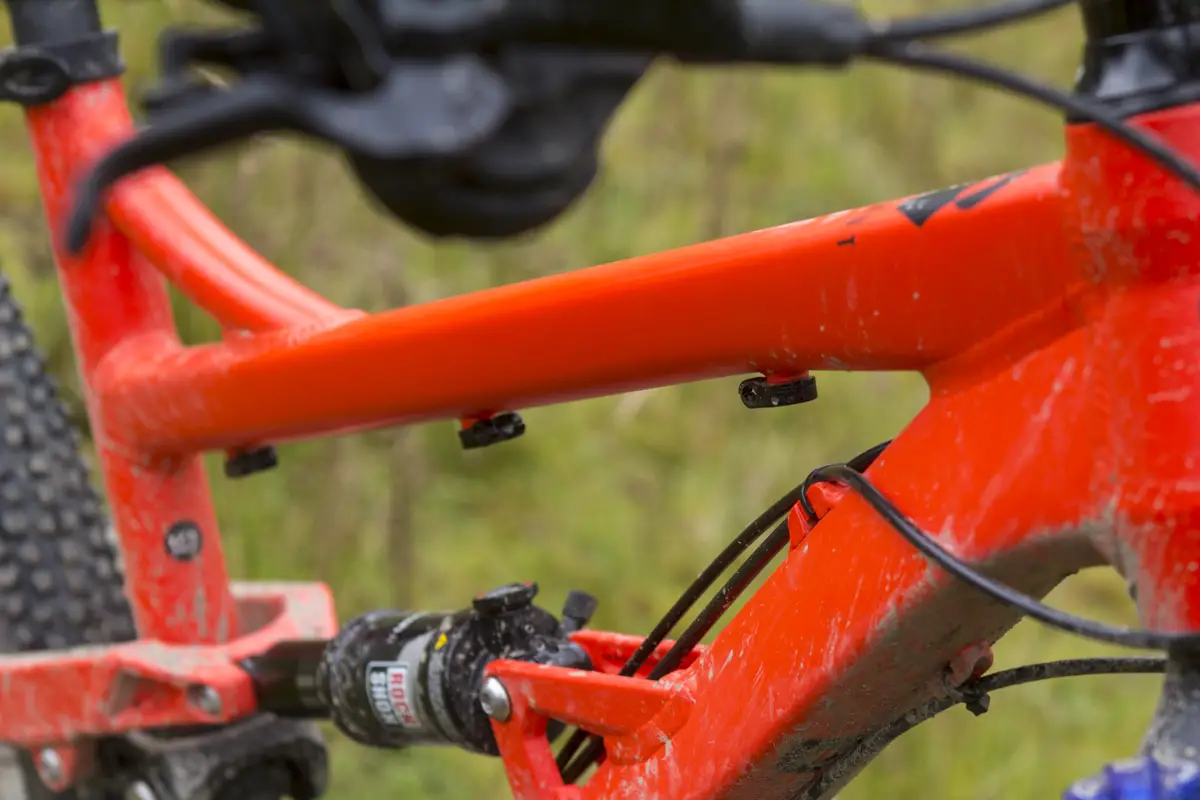
The Ride
It’s a mighty fine spec on the web page, but how does the Bossnut hold up on the trails?
By now you’ve probably read several other glowing reviews of this bike, and I can only concur. At 32lb it’s a little sluggish on the ups, and it can be hard to keep the front tyre stuck to the floor on really steep climbs. But it’s a heap of fun on anything along or down. The suspension is easy to preload if you want to ping over rocks or roots, and it also works well for when you just want to batter through.
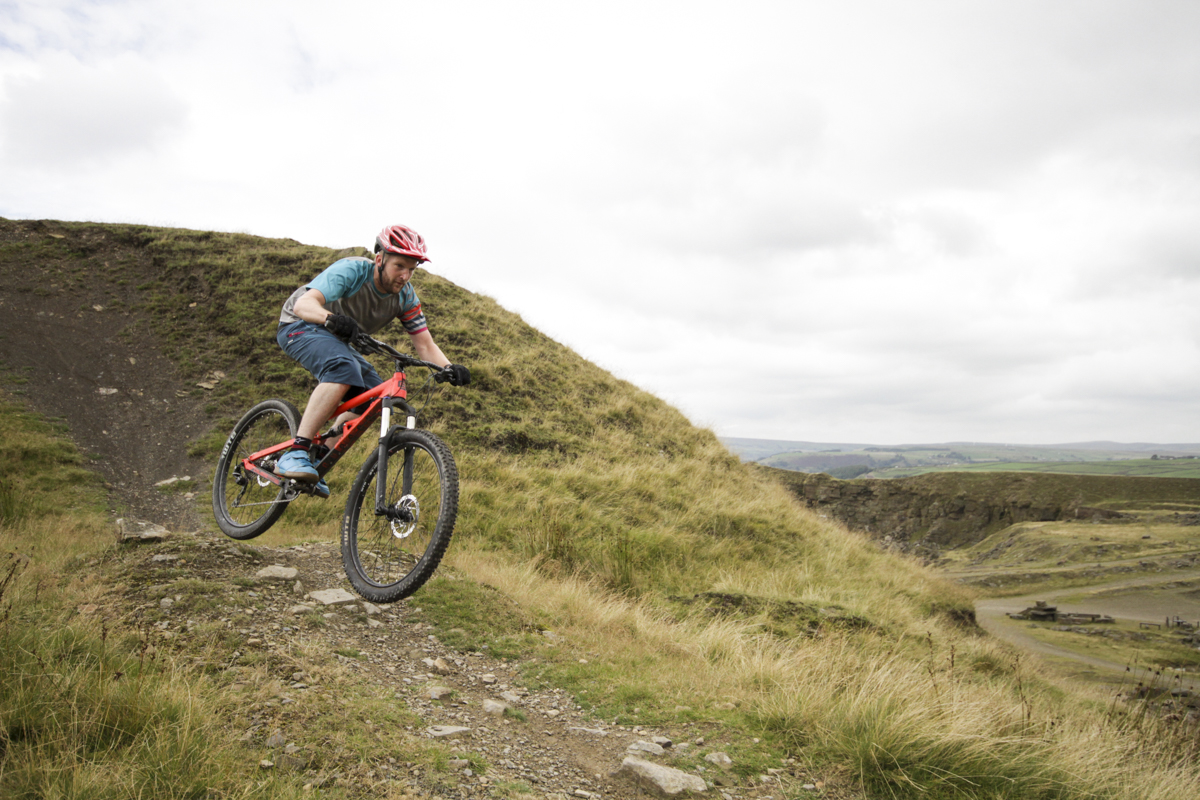
The forks, like other low-end Rock Shox models I’ve used, feel a bit stiff and wooden out of the box, and never get the amazing plushness of their high-end forks, but still feel fine on the trail. There’s no top-out, diving, or any of the confidence-sapping gremlins you get from some cheap forks. The older design of Maxle needs gentle tightening and regular greasing if you don’t want to damage the thin aluminium collar, but it’s still way better than having to get your Allen keys out to remove your wheel, or fretting about your QR lever being tight.

At 5’10 I was happy on the medium 17.5” size, which gives enough room to stretch out. The long, slack frame really helps the bike feel stable at speed and roll through ugly, choppy bits of trail. It’s a great trail centre bike, but it’ll happily take on nasty natural gnarliness too.

It’s also incredibly forgiving for novice riders. The stock riding position is fairly high and upright, giving an instant feeling of control. The bottom bracket clearance, combined with the 170mm cranks, makes it much harder to catch a pedal on a root or rock. And the unfashionable choice of a 2×10 drivetrain makes perfect sense for this bike’s target market, and means that it should last longer than a 1x setup, as well as being cheap to replace the chainrings when they wear out. I’d also forgotten the lovely feeling of attacking a climb for a long as possible, then clicking down and spinning the rest of the way. I reckon grannies are due a comeback.

Durability Notes
There are inevitably a couple of places where this bike could be improved. The brakes aren’t, contrary to some reviews I’ve seen, proper Shimano Deore units. Instead they’re a lower-end model with a “resin pads only” sticker on the rotors. You won’t be able to get round this by just swapping the rotors – apparently they use different internal seals and aren’t as resistant to heat build-up. Having said that, they work, but not quite as well as Shimano’s higher-end Deore and SLX brakes.

The rims are tough and ding-resistant, but the wheels add a bit of heft to the bike, and come out of true easily, although at least with 32 conventional spokes, they’re easy enough to tweak back into shape. If you have money for upgrades, these would be the ones I’d make after adding a dropper. The frame developed some odd creaks after a couple of months of riding, sorted by tightening all the pivot bolts, and the two tiny screws attaching the mech hanger came loose. The cheap FSA headset also started binding after being stored in a damp cellar. But these are minor niggles.
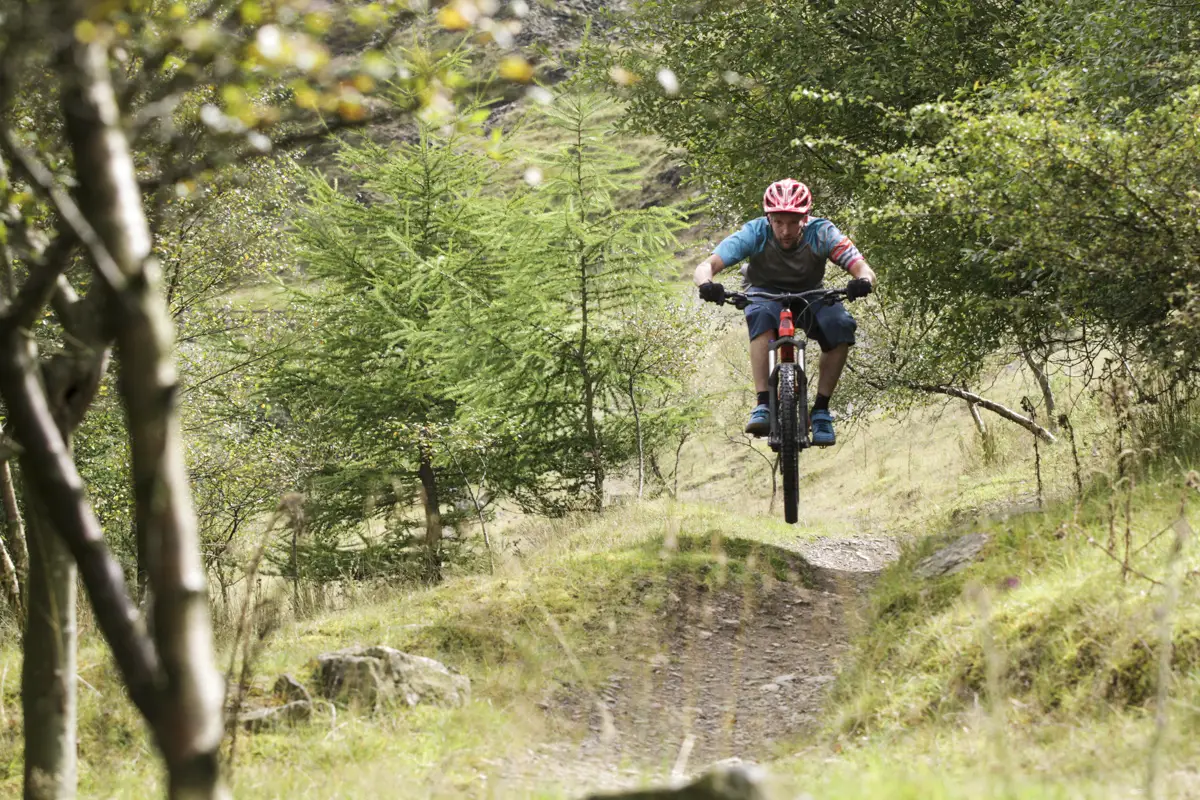
Three Things That We Loved
- It’s astonishingly good value.
- The geometry is bang up to date.
- The parts choice and trail manners of the bike will suit novice riders perfectly.
Three Things That Could Be Improved
- No internal dropper post routing.
- It’s not the greatest climber.
- A grippier back tyre would suit typical UK riding conditions better.
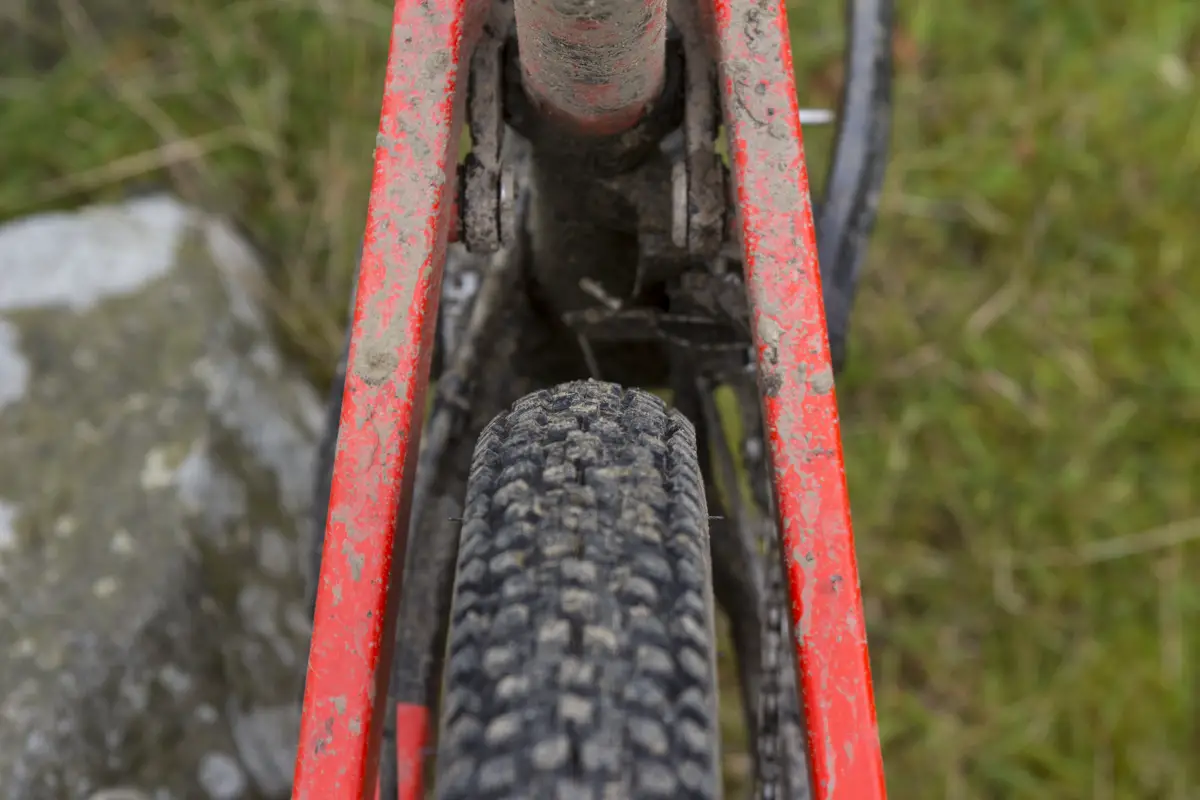
Overall
The Bossnut is quite an achievement, and the new version of the frame is even better than the original. For a bike at this price point, there are usually lots of things that I’d change shortly after buying, from squirmy grips to terrible tyres. With the Bossnut, I was happy to slap on a dropper post and a grippier back tyre and ride it down anything I’d take my posh bike down. To prove a point, Calibre recently put out a video of 11 year-old Kenzie Nevard sending his down Super Morzine, which almost broke our Facebook page when we shared it. The Bossnut has got the basics and the details sorted, and to get a bike that performed significantly better, you’d have to spend half as much again.

Calibre Bossnut V2 Specifications
- Frame // 6061 Hydroformed Alloy Tubing, 130mm Travel
- Fork // Rockshox Sektor Silver, 130mm Travel
- Shock // RockShox Monarch R
- Hubs // Formula Alloy, 100x15mm Front & 135mm Rear
- Rims // WTB ST i25, 32h, Tubeless Compatible
- Tyres // WTB Vigilante 2.3in Front & Bee Line 2.2in Rear
- Chainset // Shimano Deore 36/22t
- Front Mech // Shimano Deore
- Rear Mech // Shimano Deore 10-Speed
- Shifters // Shimano Deore 10-Speed
- Cassette // SunRace 11-36t, 10-Speed
- Brakes // Shimano M506, 180mm Front & 160mm Rear
- Stem // Calibre Trail, 45mm Long (Medium & Large), 60mm (X-Large)
- Bars // Ritchey MTN Trail, 760mm Wide, 20mm Rise
- Grips // Lock-On
- Seatpost // Calibre Trail, 30.9mm
- Saddle // WTB Volt Sport
- Size Tested // Medium
- Sizes available // Medium, Large, X-Large
- Claimed weight // 14.5 kg (31.9 lbs)

